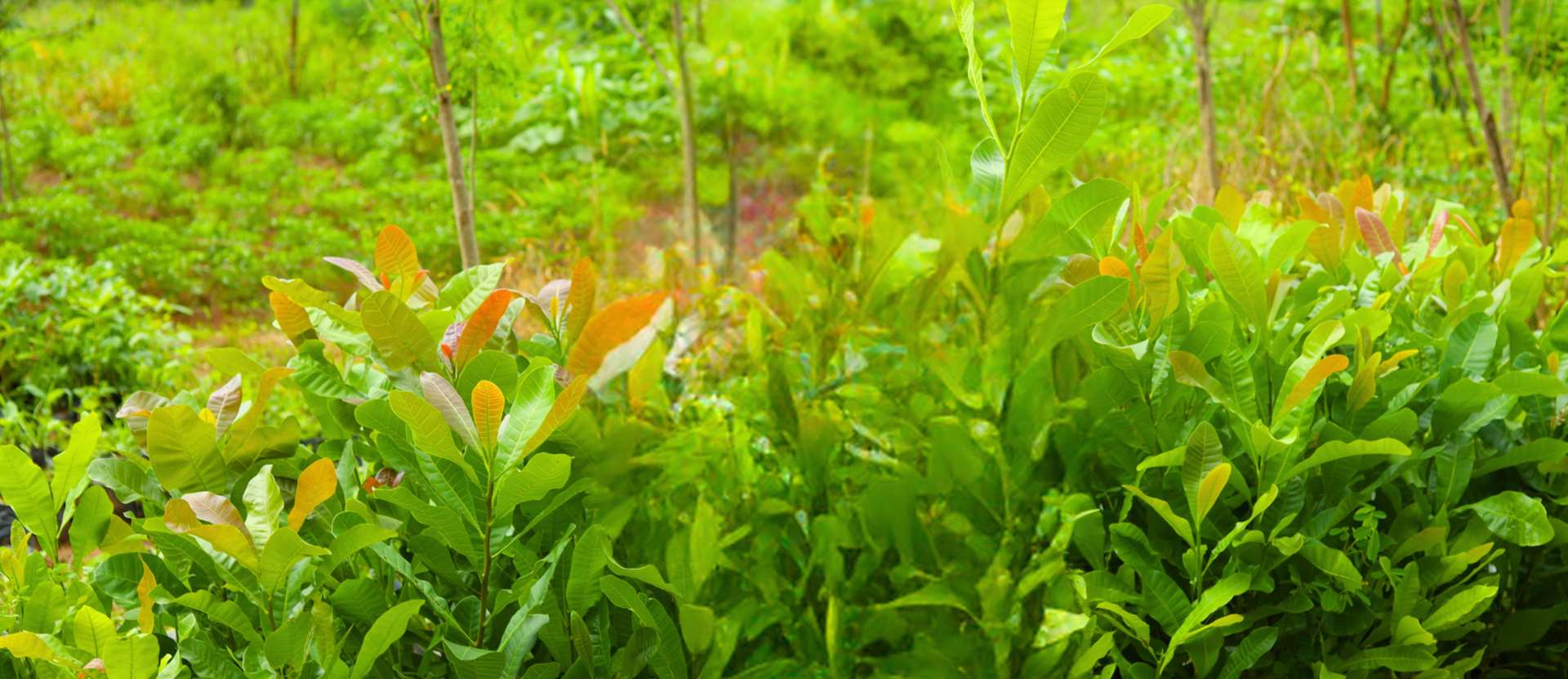
Top 6 Tech Innovations Helping to Fight the Climate Crisis
19th March 2024There’s been a lot of discussion lately on the ways new technology is shaping our future world. From the rise of AI (artificial intelligence) to high-spec drones, the pace of technological innovation is hard to keep up with.
The good news? There are many ways new technology is already being used as a force of good in restoration projects, helping to preserve and protect existing forests and grow new ones. Technology is enhancing our ability to monitor forests, restore degraded land and empowering communities to make informed choices about how to manage their own land and forest resources.
Thursday 21 March marks UN marks International Day of Forests and this year the theme is ‘Forests and Innovation: New Solutions for a Better World.’ Join us as we celebrate, by taking a look at the ways Tree Aid and other NGOs use technology in the Sahel region to fight against climate change, desertification and to support people with long lasting sustainable change.
Below are the top 6 ways tech innovations are helping to shape restoration projects of the future:
1. Drones and LiDAR 🚁
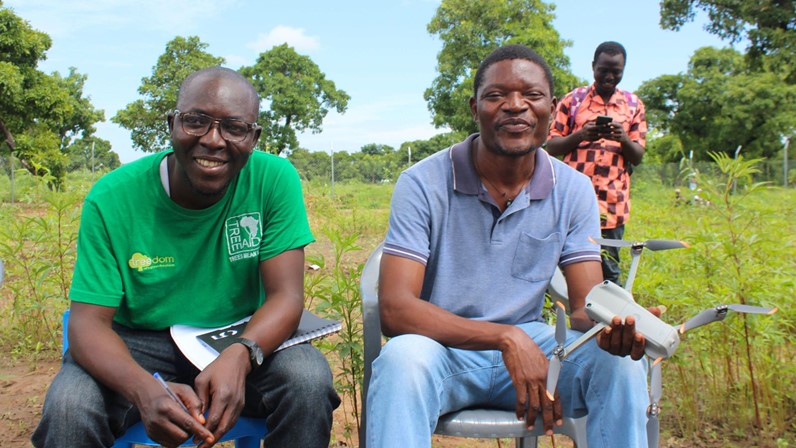
Drones are proving crucial in a number of different ways. One exciting new use is for scoping out and mapping land that may be suitable for reforestation. Being able to assess areas with a bird's eye view is time saving, and cheaper than traditional methods, which would involve lots of time spent walking and measuring huge areas of land.
Drones can also be used alongside something called LiDAR technology, which some organisations are now using. LiDAR stands for “Light Detection and Ranging” and is a way of using lasers to create accurate 3D models of forests. How does this help? Being able to monitor individual trees digitally can help researchers estimate things like biomass, so you can see how well that tree is growing. When a whole forest has been replanted, this technology can really accurately measure the health of the trees to make sure they are thriving.
2. Solar powered boreholes ☀️
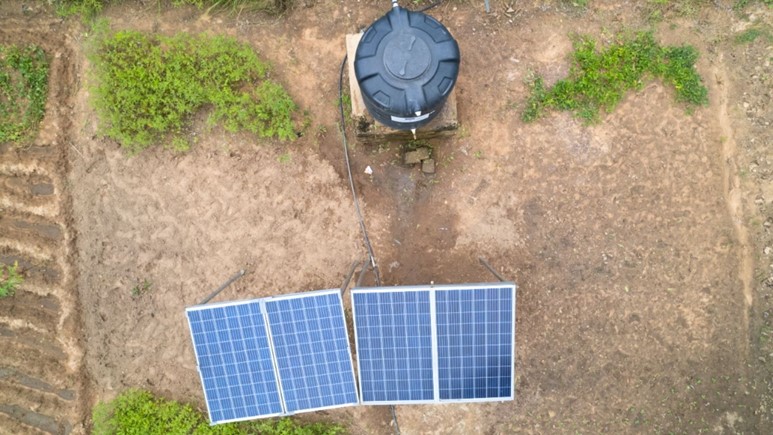
Digging boreholes - isn’t as boring as it sounds! This exciting innovative technology works by installing a pump that goes underground and linking it to solar panels.
The power of the sun then draws up water from deep in the earth, which helps communities to water nutrition gardens effortlessly, an amazing tool when trying to grow trees and crops in areas where water is scarce.
3. Spectral light sensors 🍃
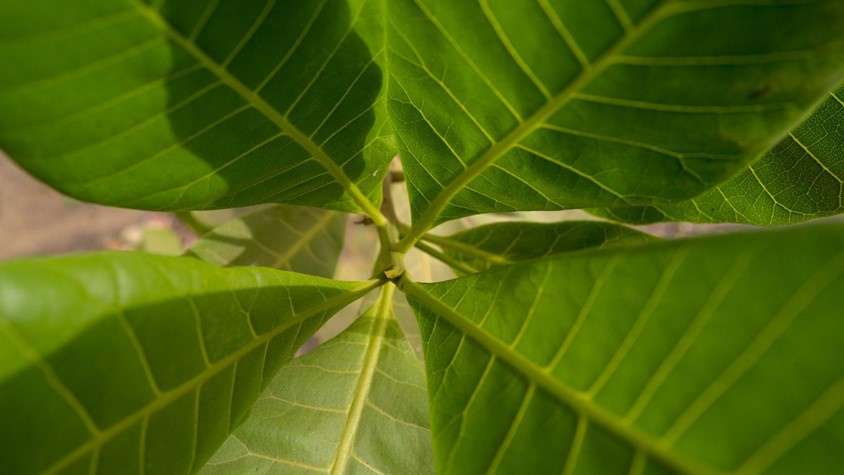
These amazing light sensors can provide invaluable information about the health of a tree. A leaf is placed into the sensor which captures the light reflectance. This is incorporated into a database alongside the on-the-ground tree assessment from the team. By matching the light reflectance of healthy trees, a map of the healthy parts of the forest can be developed.
Communities will be able to use the data to find out whether their Boswellia trees are healthy enough to be tapped for frankincense. If the sensor finds a stressed or unhealthy tree, the community can avoid tapping it.
With the rise of powerful new AI technology, these sensors are expected to become even more useful in the future.
4. AI (artificial intelligence) 🧠
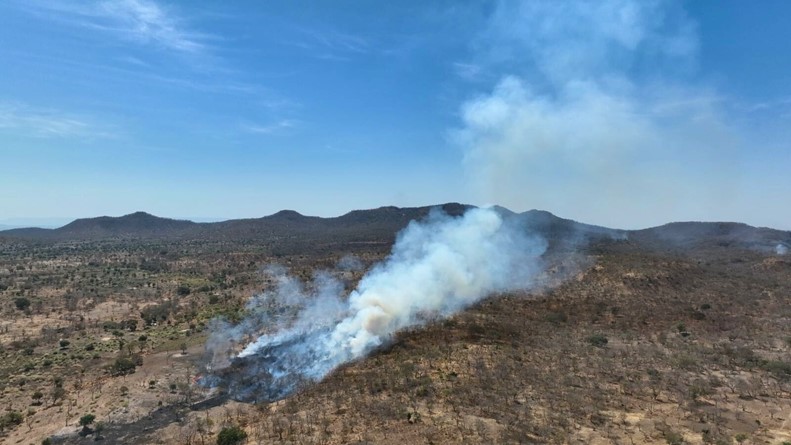
Across the world governments, NGO’s and scientists are exploring how AI can be used to protect forests. One fascinating way it will be used, is by stopping deforestation before it starts! How will it do this? By looking at satellite images and other data, AI can analyse areas of land that have been affected by things like illegal logging or wildfires, and predict where certain forests might be at risk in the future.
Pilots of AI in predicting and directing responses to wildfires are already proving successful, and it will be interesting to see how this will enhance Tree Aid’s existing management techniques.
5. Tablets for enterprise 💻
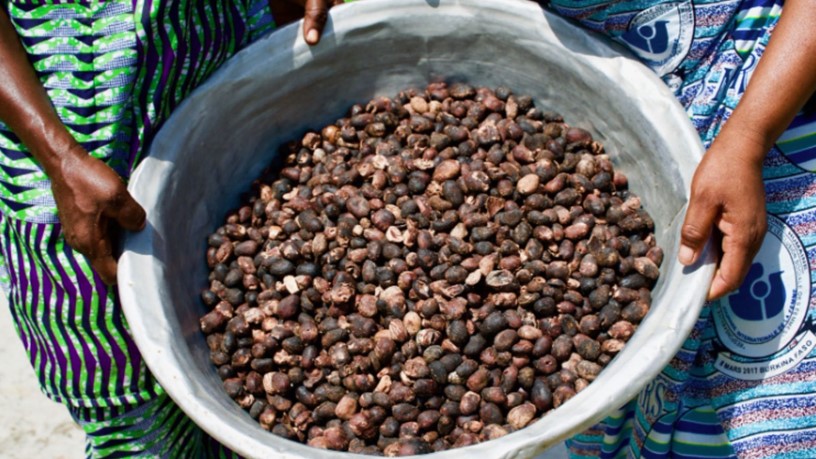
Working with Auxfin, a Dutch organisation, in Burkina Faso, Tree Aid has given tablets to communities who are creating nutrition gardens and Village Trade Enterprise groups.
Specifically, targeting young people, the tablets will be equipped with a purpose-built app that helps different cooperatives come together, so they can agree on prices of goods like moringa or shea butter for market.
This will help them to fetch better prices for their produce and increase their income. The tablet is also useful in helping young people develop their IT and entrepreneurial skills, which will help their employability when they come to apply for jobs in the future.
So far, 4,560 people have signed up to start using the software and it will be fascinating to see how this unfolds in the future.
6. Satellite imagery and digital mapping 🛰️
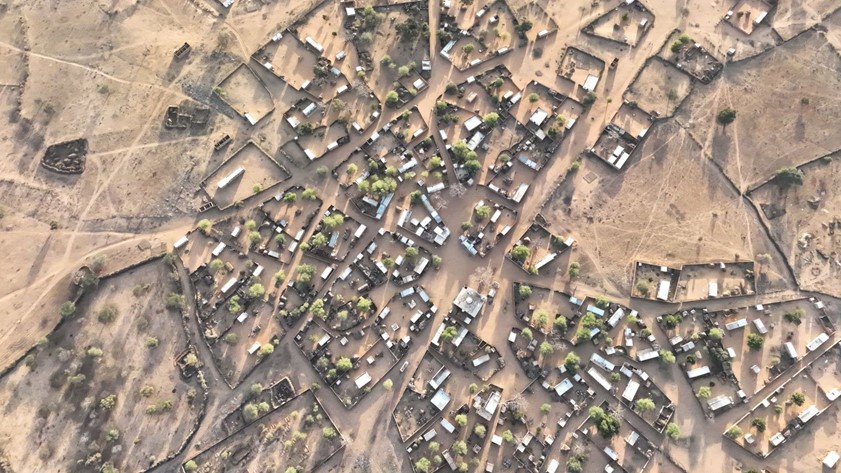
Satellite imagery and digital mapping is when you take pictures of the land using satellites. This is an important way of helping to prevent wildfires. Globally 10 million hectares are lost annually to deforestation but approximately 70 million hectares are affected by fires.
That's why Tree Aid is working with the University of Swansea to help track wildfires in Metema, Ethiopia. How? By using satellite imagery, local communities can more accurately find problem areas in their forests, where fires are a high-risk. They can then use this information to target problem areas with fire management techniques, such as building firebreaks around trees.
All of this has meant a 6.8% reduction in fires to date, equivalent to 1169 hectares being protected.
